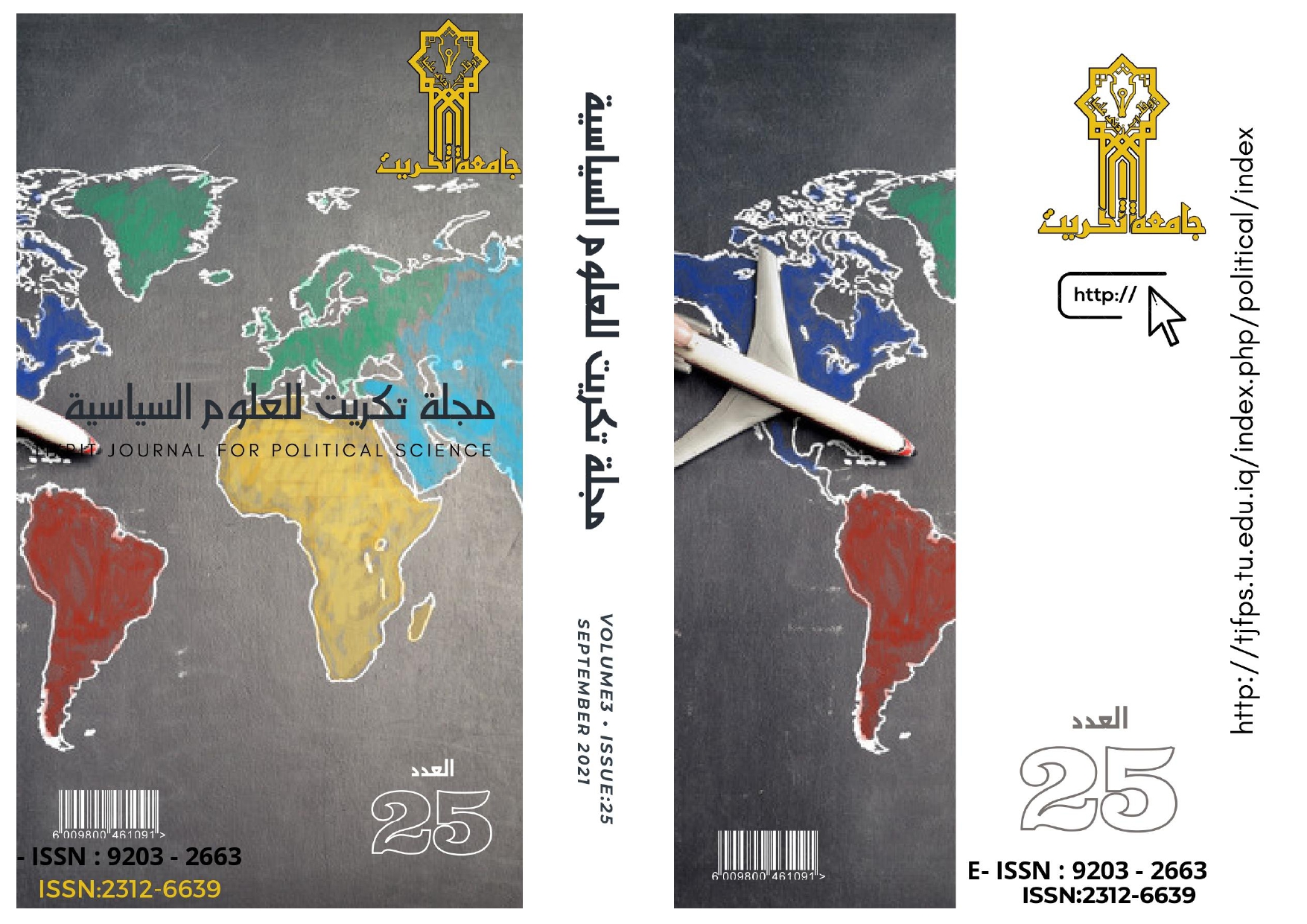American Foreign Policy Making Between: President and Congress: Constitutional Provision and Practical Reality
Keywords:
• U.S. foreign policy • President of the United States • U.S. Congress • U.S. Constitution • Presidential powers • Congressional powersAbstract
The process of making U.S. foreign policy involves a delicate and complex balance between the President and Congress, encompassing both constitutional text and practical application. According to the U.S. Constitution, the President holds extensive powers in the realm of foreign policy, serving as the Commander-in-Chief of the armed forces and possessing the authority to appoint ambassadors and negotiate treaties, subject to the approval of two-thirds of the Senate. Additionally, the President can issue executive orders that directly impact foreign policy.
Conversely, Congress retains significant powers that influence foreign policy, including the authority to declare war, fund the armed forces, and regulate foreign commerce. Congress can also shape foreign policy through legislation that determines funding and foreign aid, as well as by using its oversight powers to review the policies and actions of the executive branch.
In practical terms, Presidents often exceed their formal powers, taking advantage of ambiguities and flexible interpretations of the constitutional text, sometimes acting unilaterally without Congressional approval, particularly in emergencies and international crises. On the other hand, Congress plays a critical role in shaping foreign policy through political pressure, specialized committees, and budget negotiations.
The relationship between the President and Congress in this context is marked by continuous competition and cooperation, with each seeking to achieve its political goals and ensure a balance of power. Partisan differences and political conflicts can complicate this relationship, impacting decision-making in foreign policy. Despite the clear constitutional provisions, the practical reality of making U.S. foreign policy remains a product of the ongoing interaction between the executive and legislative branches, adapting to both international and domestic changes.





